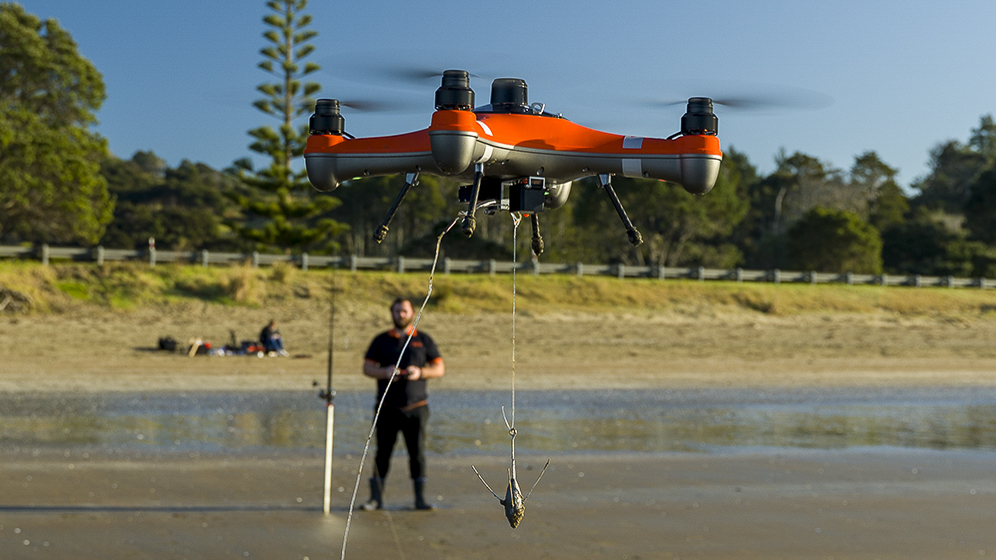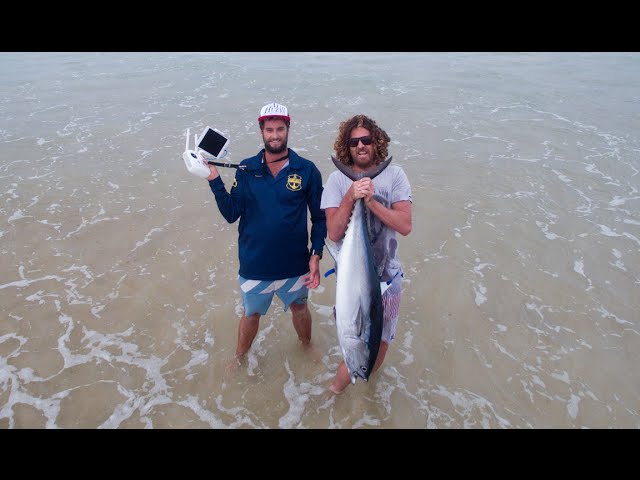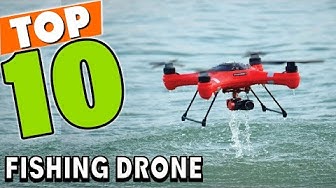
This article will cover the basics of a drone fishing device. We'll also talk about what to watch out for when you choose your drone, the battery life, and the payload. Then we'll show you how to get more out of your drone. Continue reading for more tricks and tips. You will soon have the drone that you dream of! Let's begin !..., and maybe even catch a few fish.
Basic drone fishing rig
A good set of hooks is the most important thing when you want to begin drone fishing. Double the fishing line, and make sure it is mono or braid. The fishing line should be doubled and tied with a Cat's Paw Loop (or Uni knot). You will also need a sinker (between two and eight ounces), and hooks to attach to every second section of the backbone. Attach the snap swivel's lead loop to your drone's end loop.
There are many methods to make a fishing helicopter. Attaching a hook and spinning the drone until the line releases is a basic way. Droppers and drop lines can be used to keep the fishing net below the drone. The dropper lets you keep the main line down below the drone and not get tangled with the propellers. Fishing drones can be outfitted with accessories such as a dock or a battery pack.
You'll need some additional equipment after you have purchased your basic drone fishing kit. A long fishing line (approximately 700m) and a bait-dropping device are essential. These are optional extras but will make your drone fishing trip more enjoyable. A good drone will give you a clearer view of your surroundings, and you'll be able to spot fish more easily.

Payload on drone fishing rig
Safety precautions must be followed if you are going to fly a drone to catch fish. Your drone should not be flown in strong winds or rain. Here are some suggestions:
First, ensure that your drone can carry a lot of weight. The drone will not stay stable if it is loaded with heavy lures or braided lines. Also, if you're fishing at a seaside location, the wind may blow the drone off its course. It's also important to check local regulations and laws, as some may not allow fishing from a drone. You need to ensure that your drone is strong enough to carry you when you go fishing.
Next is to determine what accessories you will need to mount to your drone. A good rule of thumb is to use a rigging system that has a central attachment point to reduce weight distribution problems. The most suitable attachment points are the motor struts, landing gear, and legs of the drone. It is important to avoid attaching any payload to the camera and gimbal because these can damage them. The easiest solution is to tie some fishing line along the length from one corner to another. To prevent it from slipping out, tape can be used to secure the fishing line.
Battery life for drone fishing rig
Be sure to check the batteries, and other gear before you go out fishing with your drone. This will keep your drone's battery charged and allow you to fish instead of worrying about charging it. You may be able to charge your drones using solar panels or batteries from your car. Be sure to have fully charged batteries before you begin. This will make sure your drone is ready when you arrive at your fishing spot.

You should also consider the drone's flight duration. While some drones can fly longer than others, the average drone can fly for around twenty-two mins. This is a great option if you plan to spend hours on the ocean with your drone. Be aware, however, that a drone with limited endurance may not be able to fly and make it virtually impossible to catch fish.
Once you have set up the fishing rig and attached the fishing line clip or motor struts to it, Next, attach the bait line to the fishing line. When you are ready to drop your bait, make sure you lock the reel. Once you release the line, tension will build and the drone will drop the bait in the water. The battery may not work properly if it isn't charged after each use.
FAQ
Is it illegal to fly a drone?
Yes, flying drones can be illegal in certain countries. These include Australia, Canada. Germany, Japan. New Zealand. Singapore. South Korea. The United Kingdom. It is legal in countries such as France, Italy Netherlands, Poland and Russia.
What are the rules and regulations for drones operation?
Registering your drone with FAA is required. This registration involves information such as the weight, size, battery capability, and operating frequency. A FAA identification number is also required.
Where can I buy a drone?
Many drones can be purchased online. Some prefer to buy their drones from Amazon, eBay, or Walmart. Others prefer to purchase drones directly through the manufacturers.
Statistics
- With the top 10% making over $100/h and the bottom 10% making as low as $10/h. (dronesgator.com)
- According to industry research from ZipRecruiter , there are 10 cities where the typical salary for a Drone Pilot job is above the national average. (dronesgator.com)
- According to ZipRecruiter, the minimum hourly wage of drone pilots is $20. (thedroneu.com)
External Links
How To
How to Fly Drones with Beginners
A drone can be used to fly remotely controlled aircraft for photography, surveillance, scientific research, hobby and commercial purposes. The technology behind drones has been around since World War II. However, commercial use began in 2010 when DJI released their Phantom series of quadcopters. From beginner-friendly drones such as Parrot AR Drone 2.0 through professional-grade multirotor craft like DJI Mavic Pro, many types have been available.
You can fly a drone in many different ways, including:
-
Remote control - This method uses a control device attached to your hand, which enables you to steer the drone through its flight path. There are two main types, On/Off switches (like radios) and joysticks.
-
Manual Control – This allows remote operation of the drone via GPS coordinates using a smartphone application. You must keep track of the location where you want the drone to go and follow the instructions from the app.
-
Autonomous flight - The drone takes over the piloting duties. It basically flies autonomously without any human intervention. For the autonomous flight to occur, the drone must have a built-in camera and sensors capable of capturing images and data.
-
Triggered Flight – This method is very similar to manual flight. The pilot creates a route that the drone will follow until it reaches the destination. The drone automatically lands once the route has been completed and returns to the base.
-
Landing Gear- Some drones include landing gear that allows for safe landing if the power goes out or they run out of batteries.
-
Goggles - Pilots may wear goggles to shield themselves from flying debris.
-
Camera - Certain drones come with cameras that allow you to take photos and videos from high above.
-
Obstacles-Some drones come with obstacle avoidance devices that keep them from hitting obstructions.
-
Speed - Some drones reach speeds exceeding 40 mph.
-
Battery Life - Most drones are capable of lasting between 20 minutes and three hours, depending on the power that you use.
-
Range - Depending on the model, some drones can travel up to 30 miles away.
-
Power source: Some drones will require an external power source while others can be powered by internal batteries.
-
Weight - Some drones can be as light as 1 pound while others can reach 4 pounds.
-
Size - Drones range from small devices that fit in one's palm to large crafts that weigh more than 50 pounds.
-
Price - All drones fall within a specific price range, from high-end models that can cost thousands of dollars to lower-cost options starting at $100.